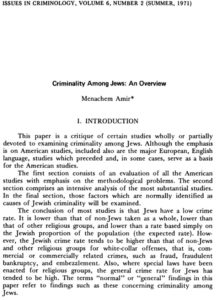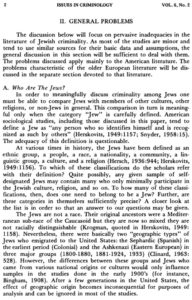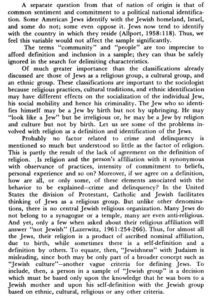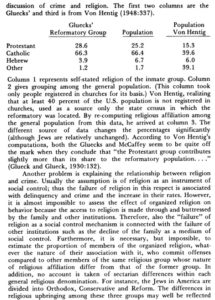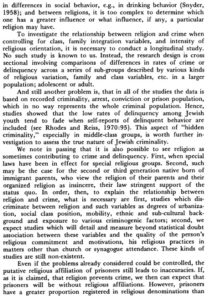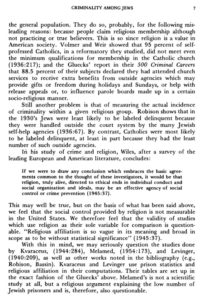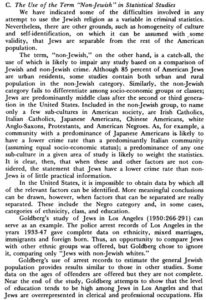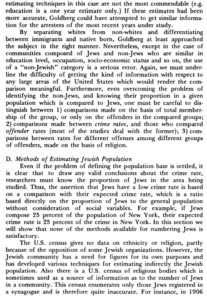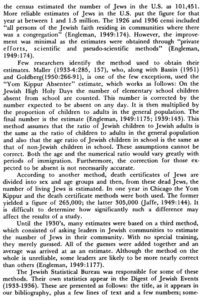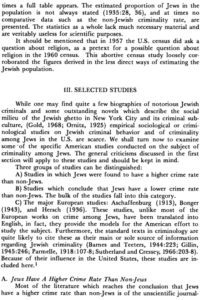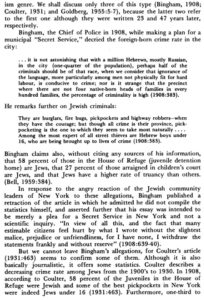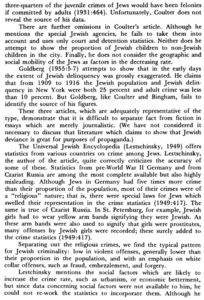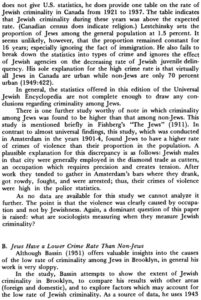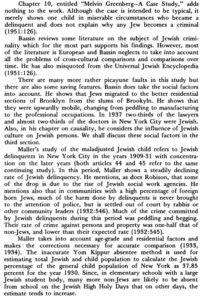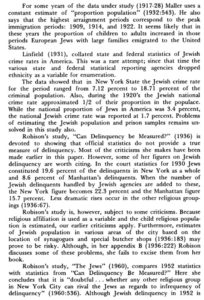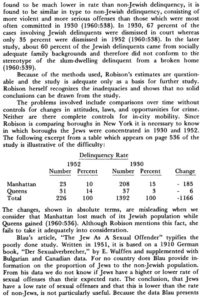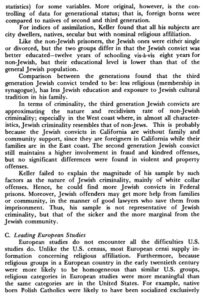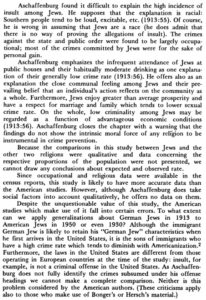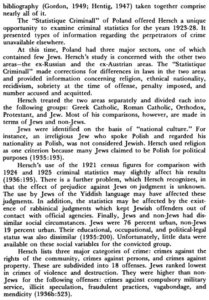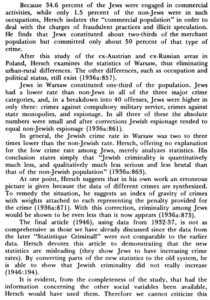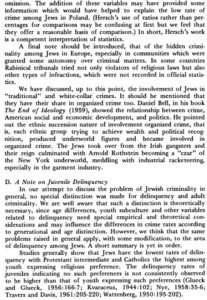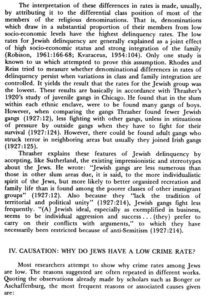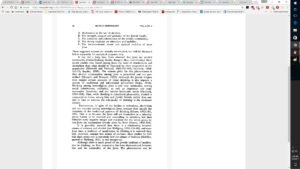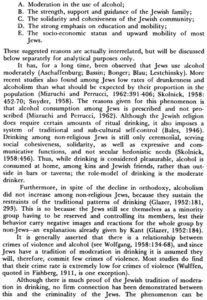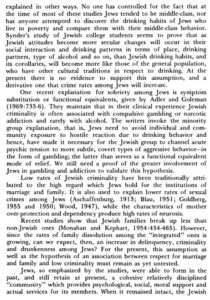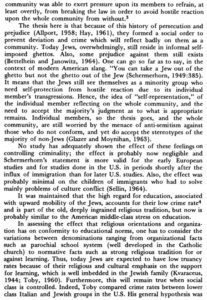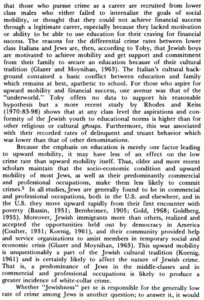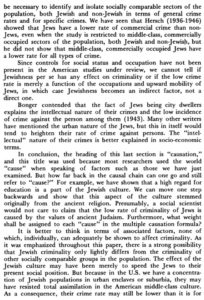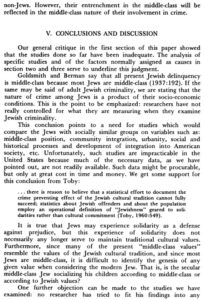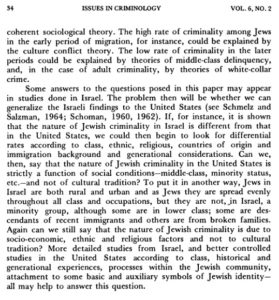From episode five of the TV series Hitler’s Bodyguards:
TV: “The Haganah made contact with Himmler’s SS to facilitate further Jewish immigration to Palestine… They eventually met in Cairo on November 10, 1937. The Haganah agent attempted to enlist Adolf Eichmann’s help by hinting of one other Jewish conspiracy to kill Hitler. He offered to look further into this plot and to spy further for the Nazis in exchange for getting Jews out of Germany. These inducements had considerable success.”
Haganah agent Yitzhak Ben Ami: “He helped us. He gave us foreign exchange. He gave us permits to take people out of Monrovia, Slovakia, Vienna. As long as we could move people out, we had his support.”
Narrator: “Haganah’s twisted view was that the Zionists should cooperate with the Nazis because they built up the number of Jews in Palestine.”
In 1939, the British banned further Jewish immigration into Palestine.
The show says that Hitler admired and hated Stalin’s ruthlessness, he was anti-capitalist and ran Germany on socialist lines, but drew the line at German communists ready to submit to their masters in the Soviet Union. “The German nation was sacred to Hitler and he would never allow it to be undermined by foreign influences.”
Secret file reveals Haganah feared Eichmann infiltration post-WWII
A recently discovered document shows that a secret network of pre-state Jewish intelligence leaders were on alert for a possible Adolf Eichmann escape to British Mandate Palestine following World War II.
It would not have been Eichmann’s first time in the Holy Land. In 1937 he had toured Palestine before he was quickly expelled by the British, with the aim of discussing a large-scale Jewish immigration with Arab leaders.
On the taped-together yellowed document, dated October 20, 1947, it is written that because of Eichmann’s “vast experience” while working in the Nazis’ Jewish department, the Shay pre-state military intelligence division of the Haganah feared he would attempt to infiltrate Israel and pass himself off as a Jew.
Eichmann, who had headed the Nazi’s SD Scientific Museum of Jewish Affairs, was the Gestapo’s self-proclaimed “Jewish expert.” The document cites his knowledge of Hebrew and Yiddish, and his organizational skills as a high-level Nazi officer.

